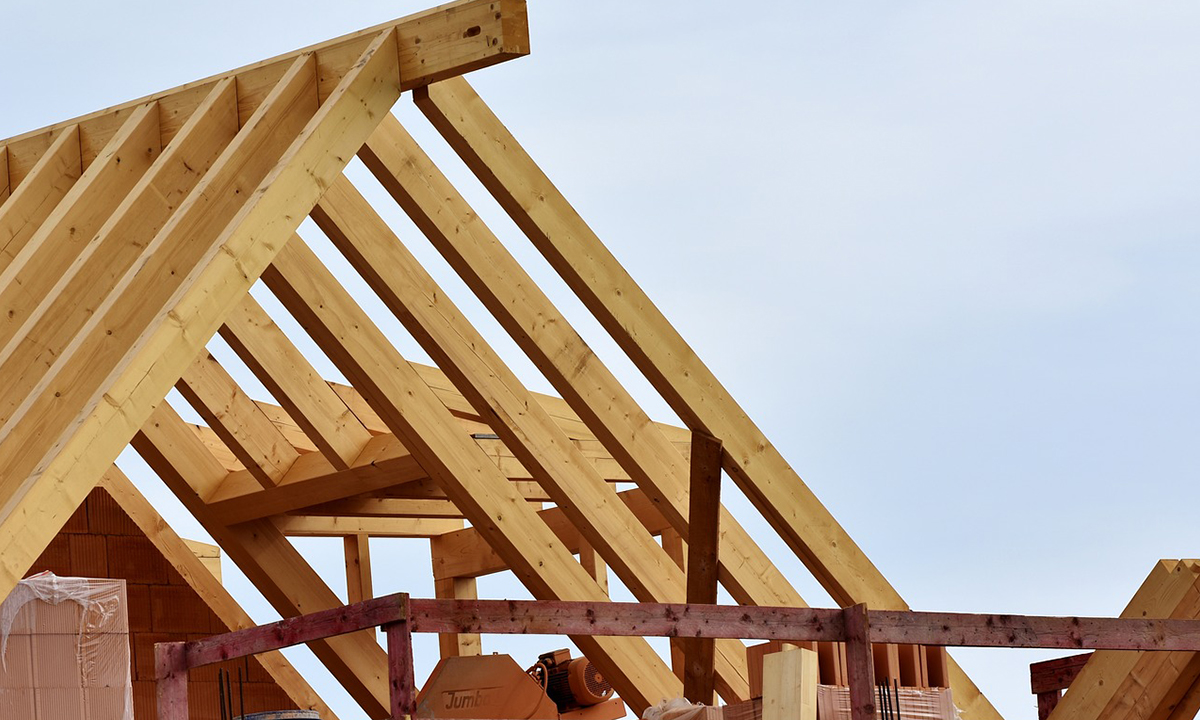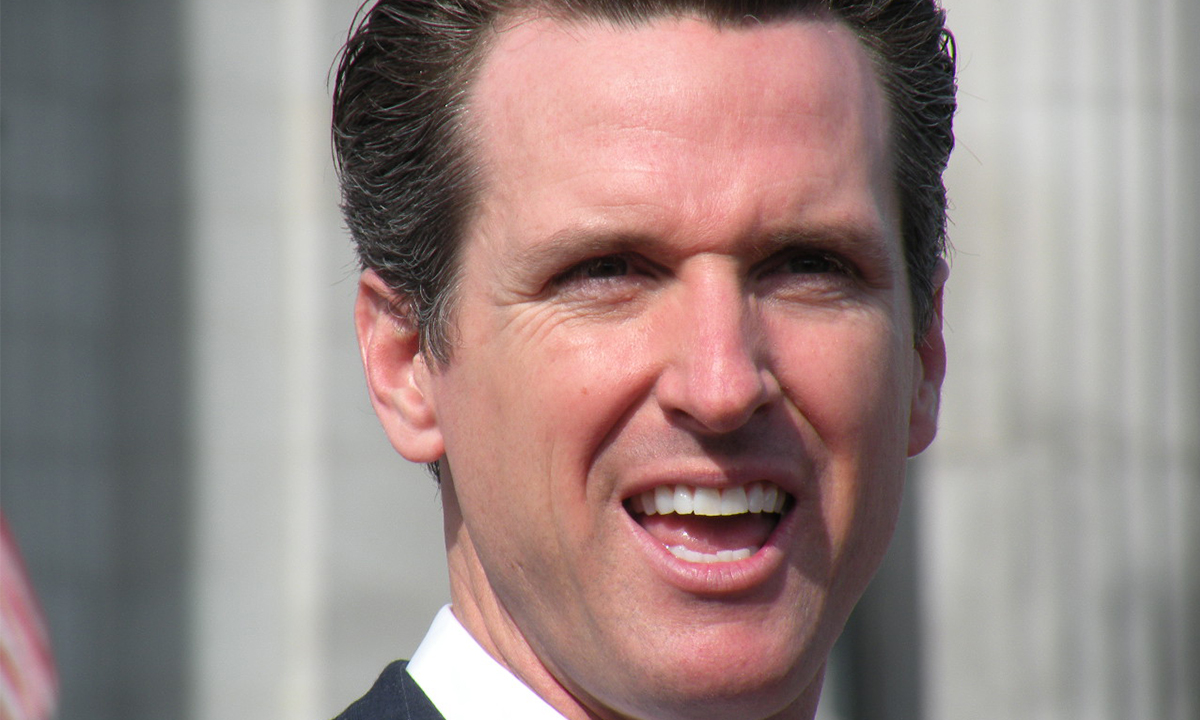Written by Nicholas Vetrisek
Ever since he ran for governor, Gavin Newsom has been talking a big game with regard to California housing. While still a candidate, he claimed that he would build 3.5 million houses by 2025—a rate of roughly 500,000 per year and more than any year in the state’s history. Despite this talk, however, nothing has materialized from that proposal and the number of building permits is only 110,000—a number that is actually 12 percent less than when he supposedly streamlined the process.
This type of overpromising and under-delivering is incredibly common from Newsom. While he has spent billions to supposedly make the process simpler, the numbers tell a completely different story and show that Newsom is doing more to prevent new housing from being built rather than making it easier.

While Governor Newsom will pay lip service to affordable housing, it’s clear from his actions that he’s far more concerned with increasing government’s authority in building houses and drowning the process in endless bureaucracy.
One of the prime examples of this bureaucracy is AB 1482, which is a bill that says all evictions are subject to a court review. This not only keeps awful tenants in their homes while the long court procedure is ongoing, it also takes away all power from the landlord since leftists see the landlord as the oppressor and the tenant as the oppressed. In addition, the bill also caps state rent increases. Both of these policies combined drive away real estate investors and make new housing scarce because it is no longer seen as profitable.
Newsom has also praised SB 113, a bill that preserves the California Environmental Quality Act, one of the many bills in the state that push fake environmentalism where the only purpose is to hamper industry—new housing included.
The California housing market is currently in dire straits. As the state already has a stunning lack of new homes, it seems Governor Newsom is just trying to put more nails into the coffin. Through his two-faced approach of promising deregulation and housing while regulating the market and decreasing the number of new homes, he demonstrates that he is a bureaucrat masquerading as a populist.




